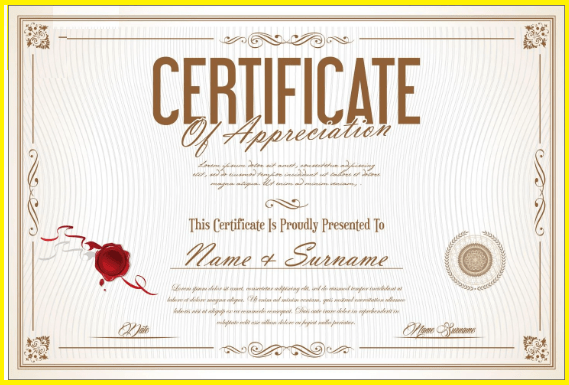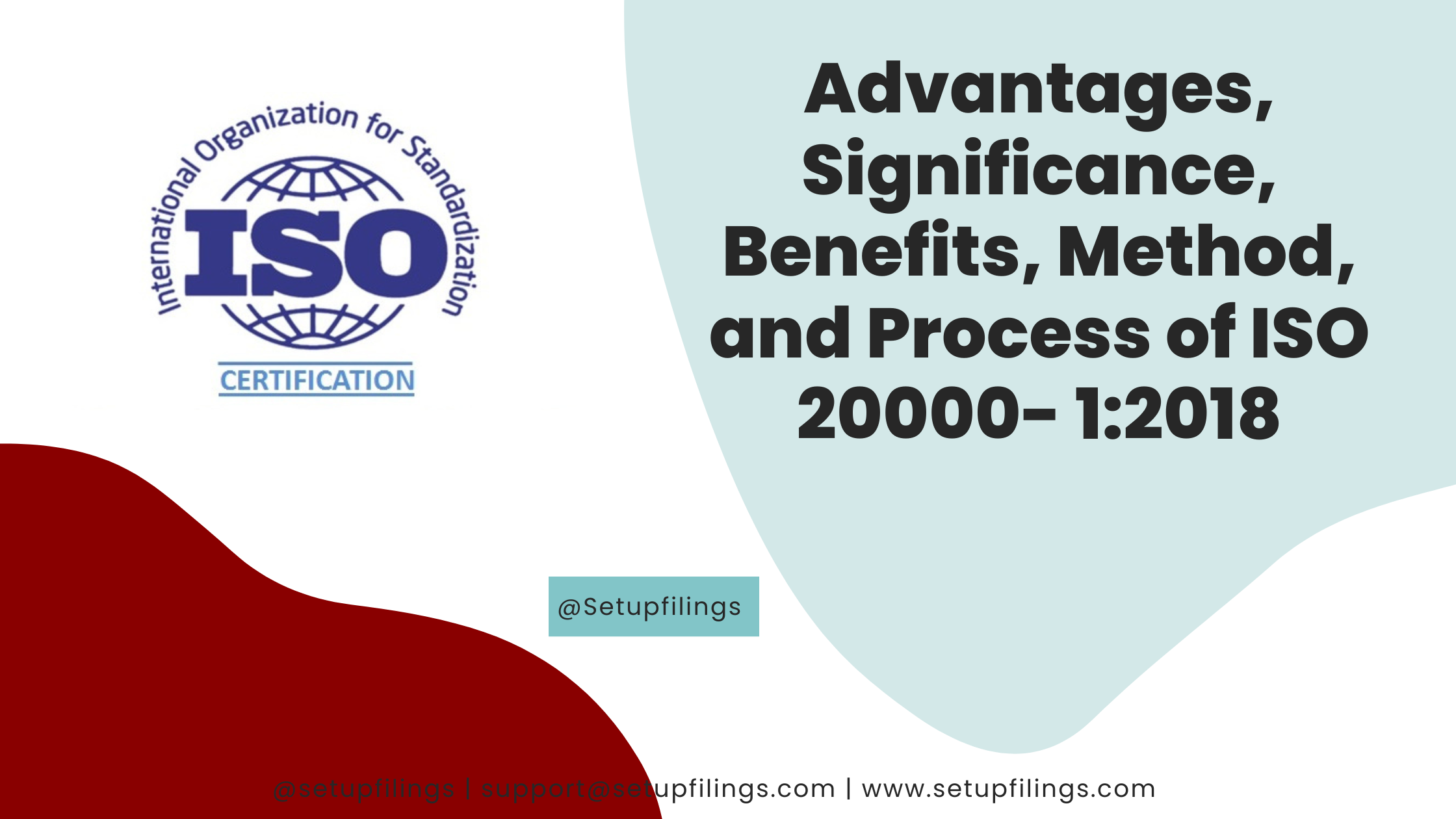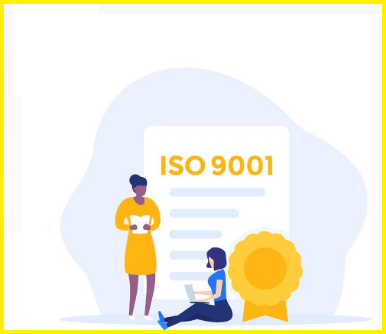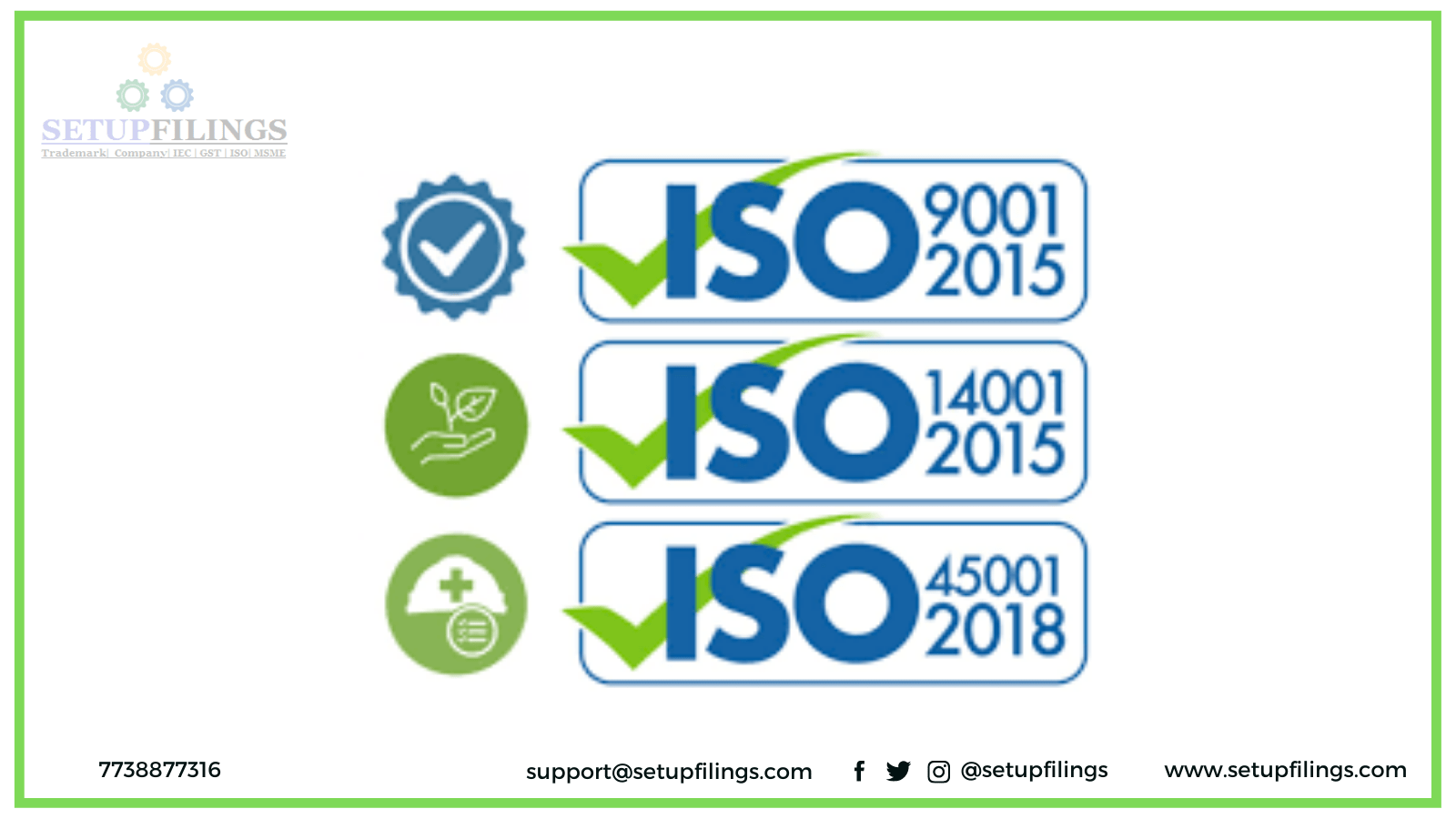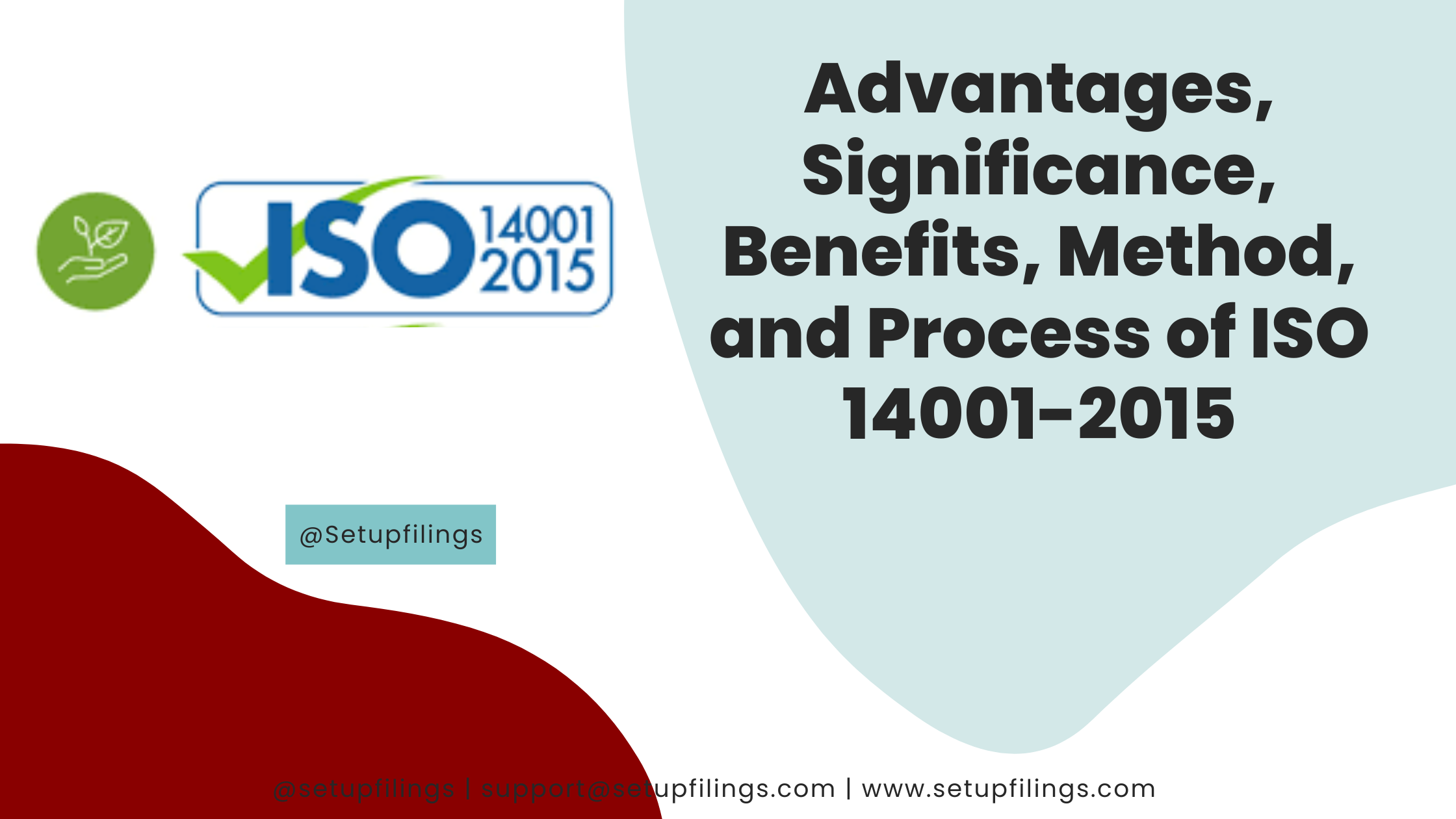
Achieve ISO 14001-2015 Certification with Expert Guidance
What exactly is 14001:2015?
This is an Environmental Management System, which is intended to manage the immediate and long-term environmental implications of a company’s products, services, and activities. ISO 14001: 2015 Certification ensures and provides assurance to a company’s stakeholders that the company’s environmental management system fulfills international environmental standards.
An EMS is defined by ISO Certification as a component of a management system that is used to manage environmental elements, meet obligations, and address risk and opportunity. The framework of the standard can be utilized for continuous improvement inside a plan-do-check-act (PDCA) cycle.
What are the advantages of ISO14001:2015?
Companies that have adopted ISO 14001: 2015 EMS benefit from the following:
Aids in meeting legal requirements:
One of the most significant advantages of implementing 14001:2015 is that it provides a framework for identifying, monitoring, and complying with various environmental criteria that may be applied to processes. Though the organization makes every effort to comply with all applicable rules prior to deploying EMS, the system itself can aid in compliance.
Furthermore, certification implementation notifies the public that you care about the environment and have an established framework for identifying and complying with numerous legal, regulatory, and contractual obligations.
Increases the likelihood of success
While seeking to improve, ensure that your data is solid and correct, as this is a vital component of the ISO 14001 standard. When improvement initiatives are placed in the appropriate spot, there is a greater probability of tracking the improvement through good data gathering, and even if the initiative deviates from the path, you can easily discover it sooner. It enables you to address problems and recover faster while saving time and money.
Aids in cost management
EMS is a huge aid in cost containment. It occurs when you use your system to identify, control, and mitigate the amount of environmental incidents that occur, which eventually cost your company money in the form of penalties and damages. You can use the EMS improvement aspect to help reduce costs by attempting to save the energy and input materials required by the firm processes.
• Assists suppliers in improving their environmental performance by integrating them into the enterprise’s business operations.
• Increases the company’s reputation and stakeholder confidence through purposeful communication.
• Promotes leadership participation and employee engagement.
• Lowers energy consumption
• Lowers customer audits
• Lowers insurance premiums
Intangible EMS benefits include:
• improving corporate image among customers, the general public, and regulators;
• demonstrating social responsibility; and
• boosting employee morale.
How do I obtain ISO 14001: 2015 certification?
The following points must be observed while working out for implementation and preparing for certifications.
EMS coverage: To begin, you must establish the EMS scope. It helps to prevent the inclusion of sectors of the business that may have little impact on the environment. The primary methods for defining the scope are environmental issues and policies. These are the primary documents that must be created in order to construct an EMS.
Management assistance: If you do not have management support, obtaining ISO 14001 is crucial. Your excellent sales support was important in encouraging your management to obtain ISO 14001:2015 certification.
Applying the EMS process and procedure: The present processes will be linked to your organization’s existing procedures. Because not all operations require documented procedures, it is critical to determine which ones must be documented in order to prevent environmental damage.
Implement training and awareness: Workers should receive 14001:2015 training and understand why it is necessary. Everyone in the organization must understand why the certification is being considered and how it fits into the overall picture.
Conduct internal audits: Before a certification audit, the certification body needs a company to do an internal audit. It assures that you plan on carrying out the processes, and if you don’t, you’ll have a chance to address any problems that arise.
Certification Audit – Phase 1 : The Certification body will analyze your documents and determine whether all of the relevant requirements address the ISO 14001 standard. The auditors will provide you with an outline report saying if you comply with the standards and the problematic areas. As a result, you have the opportunity to take remedial steps to address the issues.
Phase 1I of the Certification Audit: The auditors from the certification body will do in-house auditing during this major audit, where they will check your records such as corrective actions, internal audits, and management reviews. This audit will take many days to complete. They will then give a report explaining their findings and whether they believe your EMS is effective and meets the ISO 14001 criteria. If you meet all of the criteria, you will be recommended for certification.
Visited 120 Times, 1 Visit today

